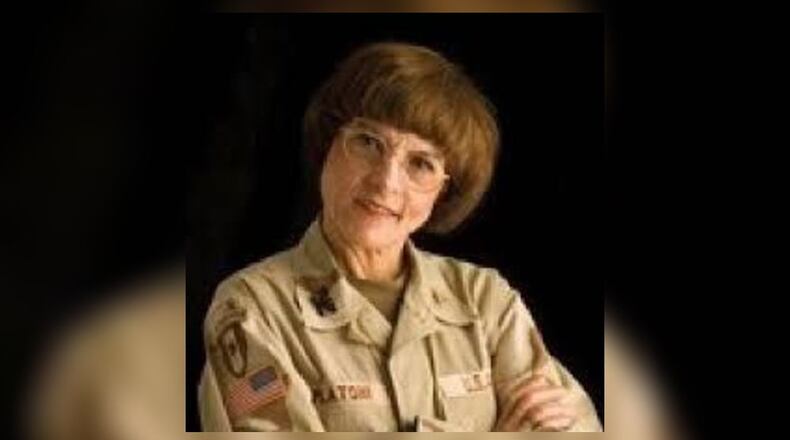Rest in peace, Officer Wagner. End of Watch: July 24, 2025.
On the very same day, another officer involved shooting occurred in Dayton. Two officers came nearly face to face with a suspect running from the scene of a motor vehicle accident, gun in hand, as he turned to face them.
We live in a society that celebrates vindication through retaliation. This has enabled a culture that promotes the destruction of humanity. And we look the other way because it didn’t happen to us.
The public outcry against officers who have fired their weapons in the line of duty is based upon grossly misunderstood facts. There is neuroscience behind how humans — and in particular, police officers — respond in high intensity situations. The fight-or-flight response is mobilized in life-threatening situations. When law enforcement personnel are faced with threats that have the potential to bring about harm or death, they are physiologically programed to enter “auto pilot” phase, reacting in accordance with their training. From a legal perspective, police officers are allowed to use force, including deadly force, in cases of imminent threats of physical harm or death to themselves or civilians.
There is frequently public outrage that begs the question as to why police officers are not trained to fire on suspects just to injure them or to strike them in non-vital areas. Even when mortally wounded, humans are not necessarily stopped from carrying out their desire to harm, maim, or kill police officers or innocent civilians drawn into the mix. It is the right of every single police officer to go home at the end of shift.
The horror that befalls the police officer in the aftermath of an OIS is immeasurable, often career-ending. The decision to fire their weapons lies in the hands of someone who placed these officers in such life and death situations in the first place. Mitigating the use of deadly force is always the ultimate goal. It is the police officer who must live with the fact that a human life has been taken. Too often, this leads to a life overrun with self-doubt, self-hatred, and self-recrimination.
The public is not always privy to the extraordinary efforts police officers make to avoid ever firing their weapons, nor the remarkable lifesaving measures they employ. Often, what is captured by body cameras remains unseen in the public sector. We are all guilty of failing to attend to the fact that police officers are attacked or killed in the line of duty by the very citizens they are sworn to protect.
Officers involved in shootings never feel like heroes, regardless of having saved countless lives. They are taught, from their earliest days in their police academy, that they must take their sworn duties to the finish line. There is always a mind-numbing battle to resolve the conflict between “Thou shalt not kill” and that piece of knowledge that every officer has the right to the spare their own lives. There is a vast difference between killing and murder. Many never resolve this distinction. For some, it may come to ending their very lives. Some killings are just this: necessary if committed in the line of duty in the saving of lives. Too many citizens forget this when they dial 911.
“Blessed are the peacemakers, for they shall be called the true children of God.” - Matthew 5:9
Dr. Kathy Platoni, Psy.D., DAAPM, FAIS, COL (RET), US Army, is a clinical psychologist.
About the Author
